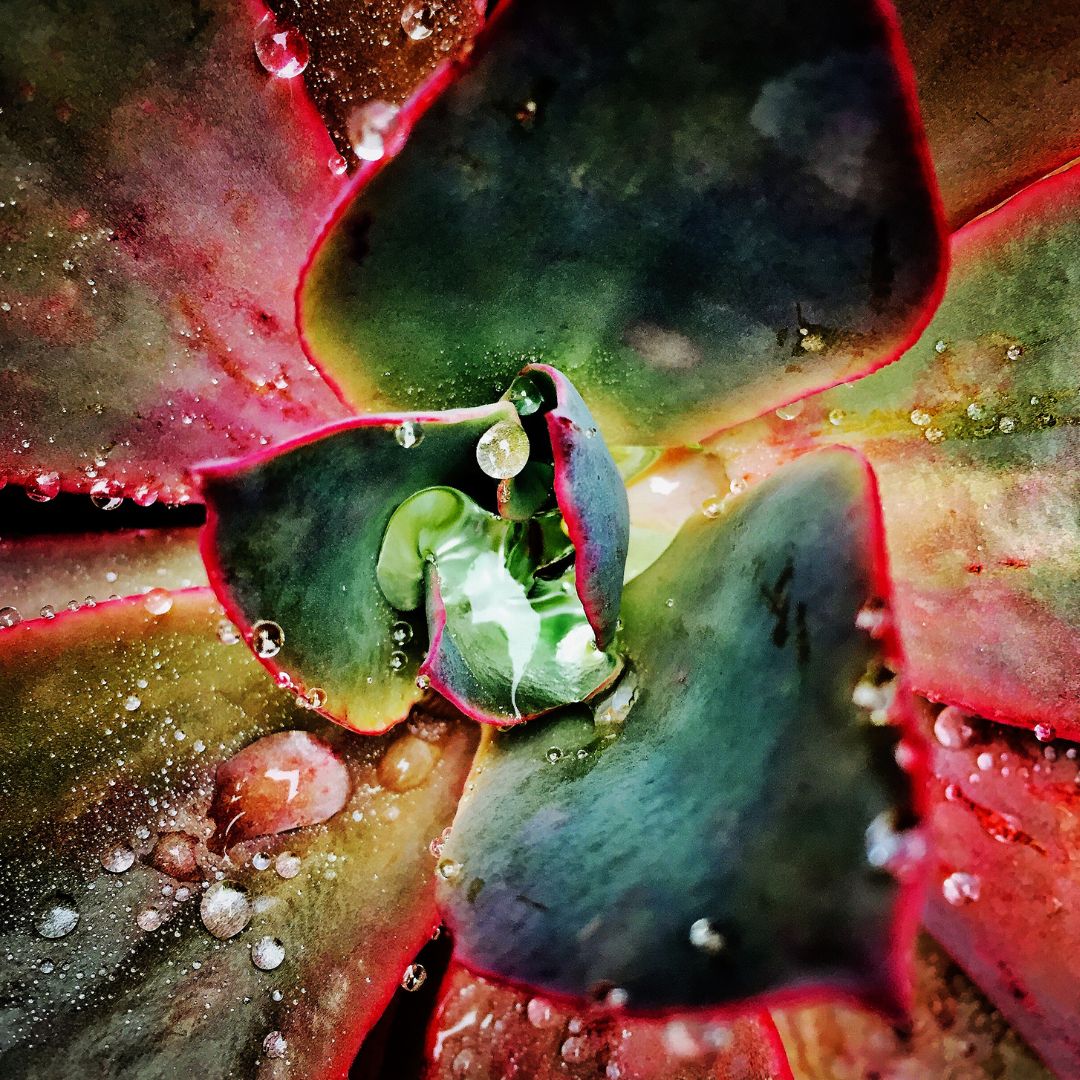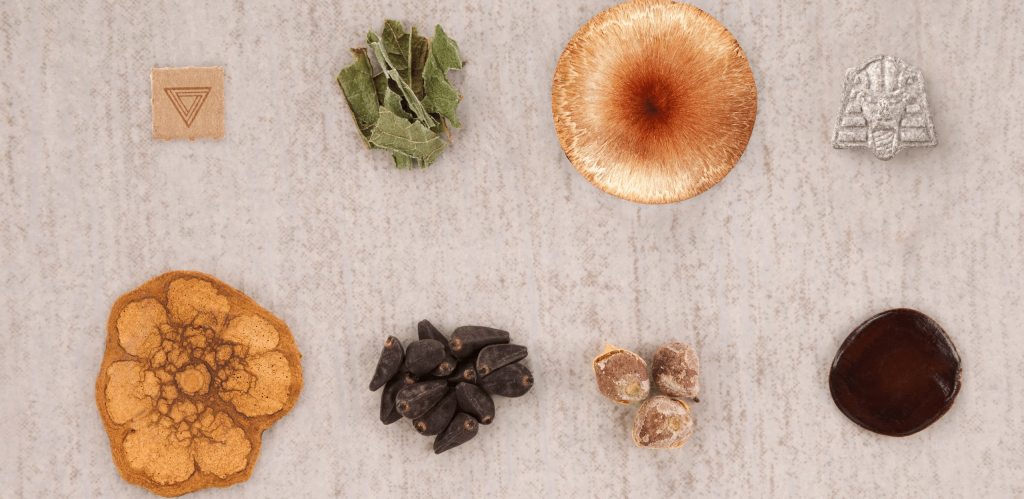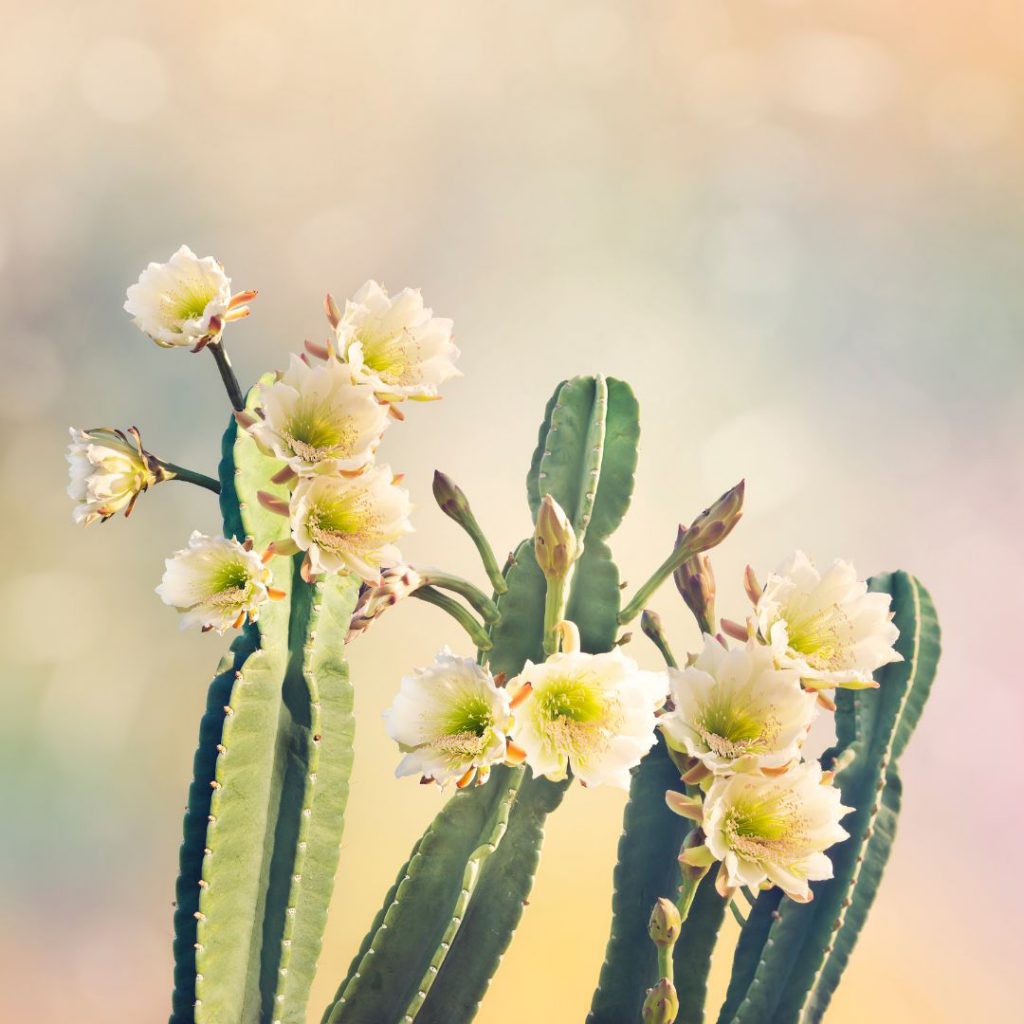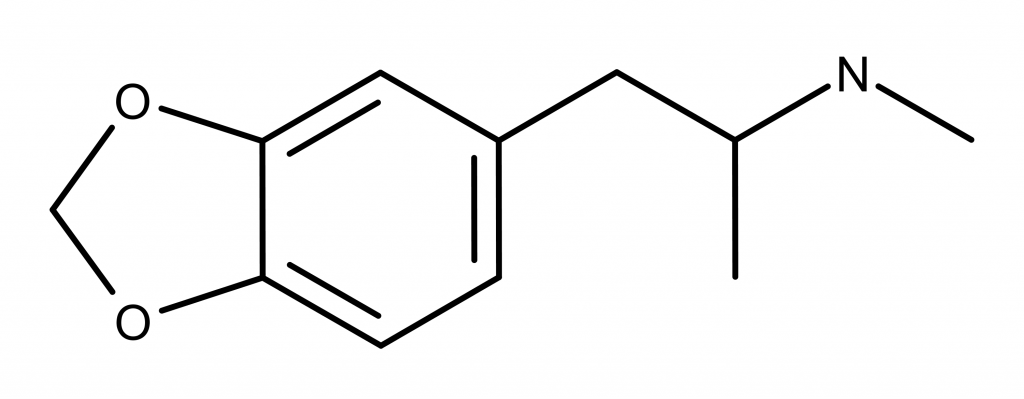
The Many Colors of Psychedelics: 8 Common Ones You Should Know About
Psychedelics are substances that produce profound changes in perception, mood, and consciousness. The term “psychedelic” comes from the Greek words psychē (soul) and delos (manifest), meaning “soul-manifesting.” This accurately describes psychedelics’ ability to unveil aspects of our mental landscape that are normally hidden from view.

There are many different types and categories of psychedelics, but for our purpose in this article we will touch on the most commonly used psychedelics and how each produces unique effects on the mind and mental health.
Please note that this information does not constitute as medical advice and that you should always speak with your physician on options best suited for you.
8 Psychedelics that can help improve your mental health
DMT
DMT is a powerful psychedelic drug that has been used for centuries by indigenous people in South America. It is produced naturally in the human body and is also found in a variety of plants. The effects of DMT can be profound and include intense visuals, euphoria, and spiritual experiences. Some people believe that DMT can be used to treat anxiety, depression, and addiction. There is also some evidence that it might have therapeutic benefits for people with Alzheimer’s and other forms of dementia. While more research is needed to confirm these potential benefits, there is no doubt that DMT is a powerful substance with the potential to improve our mental health.
5MEO-DMT
5MEO-DMT is a naturally occurring psychedelic compound found in certain plants and animals, including the venom of the Bufo alvarius toad. Its effects are similar to those of other psychedelics, such as LSD or psilocybin mushrooms. 5MEO-DMT has been used in shamanic rituals for centuries, and its modern day use has been growing in popularity. Some people report profound spiritual experiences during a 5MEO-DMT trip, which can last up to an hour. The compound is usually taken orally or smoked, and its effects can be intense but short-lived. 5MEO-DMT is not considered to be addictive, and there have been no reports of serious negative effects from its use. While more research is needed to fully understand the potential therapeutic benefits of 5MEO-DMT, it shows promise as a treatment for conditions like anxiety, depression, and addiction.
Ayahuasca
Ayahuasca is a Peruvian religious sacrament. It’s made from the ayahuasca vine (Banisteriopsis caapi) and either leaves of the chacruna plant (Psychotria viridis) or leaves of the chagropanga plant (Diplopterys cabrerana). These plants are found in the Amazon rainforest. The ayahuasca vine is boiled with the other plants to produce a drink that’s usually taken during shamanic healing ceremonies.
Ayahuasca is said to have both physical and psychological benefits. Physical benefits include improved digestion, increased energy levels, and reduced stress. Psychological benefits include increased self-awareness, improved mental clarity, and deeper insights into one’s personal issues. Some people also report feeling more connected to nature and the spiritual world after taking ayahuasca.
Shamans have been using ayahuasca for centuries to heal physical, emotional, and spiritual ailments. In recent years, there’s been an increase in scientific research on the potential therapeutic benefits of ayahuasca. While more research is needed, preliminary studies suggest that ayahuasca could be an effective treatment for some mental health conditions, such as depression and anxiety.
Resources to read:
The Therapeutic Potentials of Ayahuasca: Possible Effects against Various Diseases of Civilization
Psilocybin
**Watch Psilocybin Mushrooms & The Path to Higher Consciousness on YouTube here**
Psilocybin is a naturally occurring psychedelic compound produced by more than 200 species of mushrooms, commonly known as magic mushrooms. The main active ingredient in magic mushrooms is psilocybin, which is converted into psilocin in the body. Psilocybin and psilocin are classified as Schedule I drugs in the United States, meaning they have a high potential for abuse and no accepted medical use. However, some researchers believe that psilocybin could be used to treat a variety of mental health disorders, including depression, anxiety, and addiction.
Magic mushrooms are native to tropical and subtropical regions of Africa, Asia, Australia, Europe, North and South America. In the United States, they grow in California, Colorado, Georgia, Hawaii, Idaho, Louisiana, Mississippi, Montana, Nevada, Oregon, Texas, Washington, and Wyoming. Psilocybin-containing mushrooms have been used in religious ceremonies by indigenous people around the world for centuries. In recent years, there has been a resurgence of interest in the potential therapeutic applications of psilocybin.
Huachuma (aka San Pedro)
Huachuma, also known as the San Pedro cactus, is a traditional plant medicine used by the indigenous peoples of the Andes mountains. The cactus contains a powerful psychoactive substance known as mescaline, which has been used for ceremonies and healing rituals for centuries. Huachuma is said to bring about feelings of euphoria, well-being and increased spiritual awareness. The exact process of how Huachuma is produced is unknown, but it is thought to involve fermentation or drying of the cactus over a period of time. Huachuma is traditionally found in Peru, Bolivia and Chile, and is increasingly becoming popular in the West as a natural alternative to other drugs such as LSD or magic mushrooms. If you are looking for a plant medicine that can offer you an intense spiritual experience, Huachuma may be the perfect choice for you.

Peyote
Peyote is a small, spineless cactus that grows in the desert regions of Texas, New Mexico and Mexico. The plant has been used for centuries by Native Americans for its medicinal and spiritual properties. Peyote contains a number of active compounds, including mescaline, which is responsible for its psychoactive effects. These effects can include hallucinations, altered states of consciousness and feelings of euphoria. Peyote is typically consumed by chewing on the fresh cactus, but it can also be dried and made into a tea. While peyote is not considered to be addictive, it can cause some unpleasant side effects, such as nausea and vomiting. When used responsibly, however, peyote can be a powerful tool for healing and self-discovery.
MDMA
MDMA was first used in the 1970s as an aid in psychotherapy. MDMA is short for 3,4-methylenedioxymethamphetamine and is also known as Ecstasy or Molly. MDMA produces feelings of increased energy, pleasure, emotional warmth, and distortions in time and perception. Many people report that MDMA makes them feel more sensitive and open to communication with others. Some people use MDMA at clubs, music festivals, and raves for its stimulant effects, energetic music, and enhancement of social interaction. Some people report taking MDMA in order to experience deeper introspection and understanding of themselves.

MDMA is produced in clandestine laboratories, often using ephedrine or pseudoephedrine obtained from over-the-counter medicines. It usually comes as a tablet that is swallowed. It has also been sold as a powder which is either snorted or smoked however these methods are rarer. Health risks associated with MDMA use include dehydration, anxiety, increased body temperature (hyperthermia), teeth grinding, muscle tension, high blood pressure, and heart failure. Ecstasy use can cause increased heart rate and blood pressure which can lead to heart failure. Mixing MDMA with other drugs that increase heart rate such as cocaine or amphetamines can be extremely
Ketamine
Ketamine is a powerful dissociative anesthetic that has a wide range of uses in both human and veterinary medicine. It is most commonly used as a surgical anesthetic in young children, as it has a low risk of causing respiratory depression. Ketamine is also used to treat pain, both acute and chronic pain and Ketamine has many potential medical uses including in the treatment of pain, depression, anxiety, post-traumatic stress disorder (PTSD).
A word of caution when it comes to psychedelics
Psychedelics have been used for centuries by indigenous people for healing and spiritual purposes. In recent years, there has been a growing interest in the use of psychedelics for treating mental health conditions such as anxiety and depression. While psychedelics show promise as therapeutic agents, it is important to approach them with caution. Psychedelics can induce powerful altered states of consciousness that can be difficult to navigate. It is important to have a clear intention when taking psychedelics, and to be in a safe and supportive environment. With the help of a qualified guide or practitioner, psychedelics can offer transformative insights and healing experiences. However, without proper preparation, support and after-care (also called integration), they can also be overwhelming and disruptive.